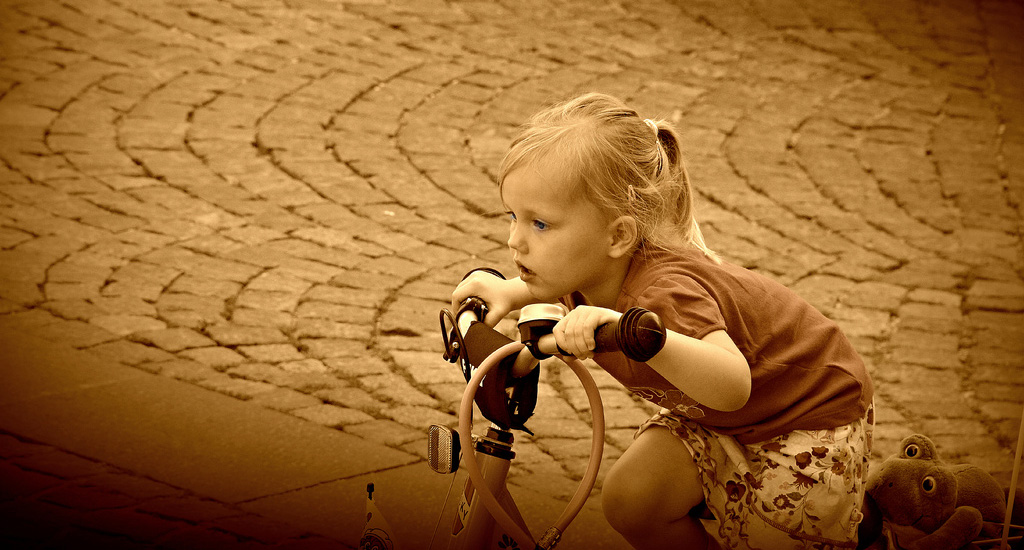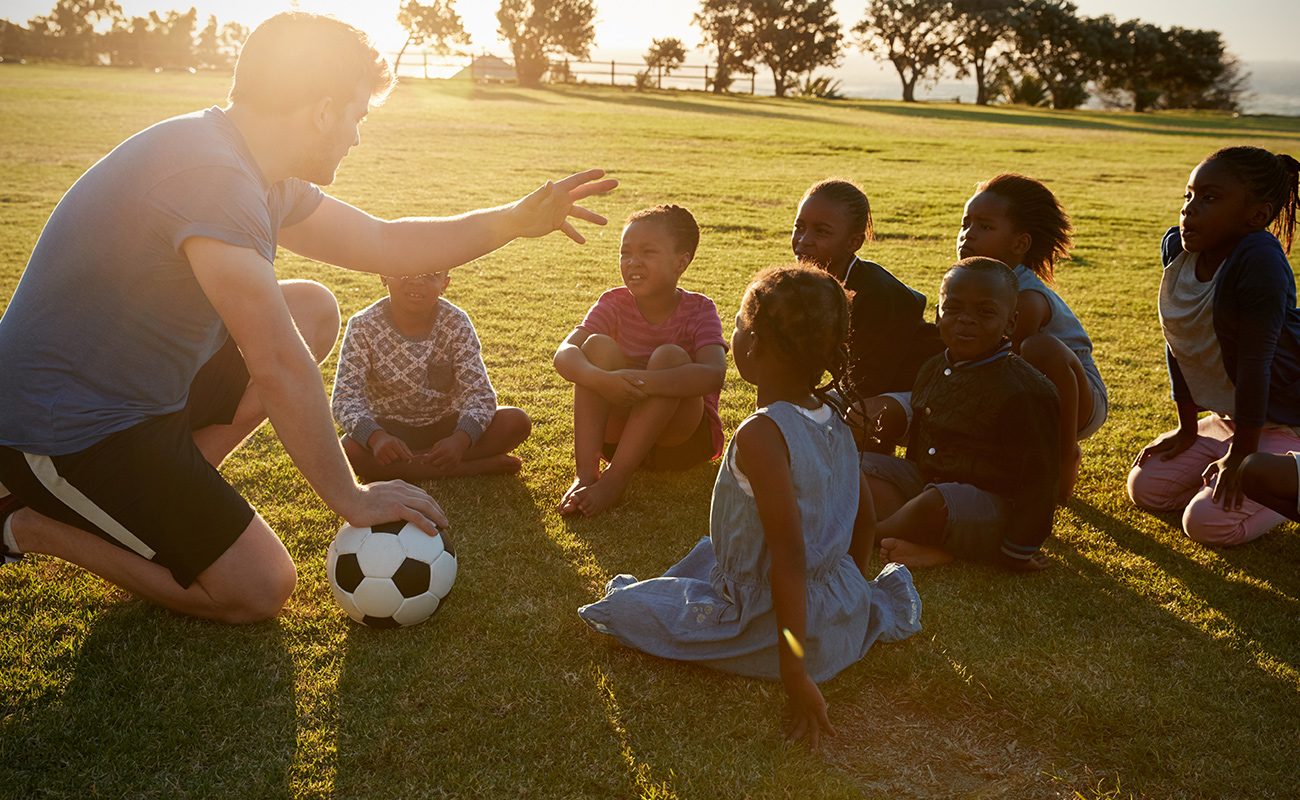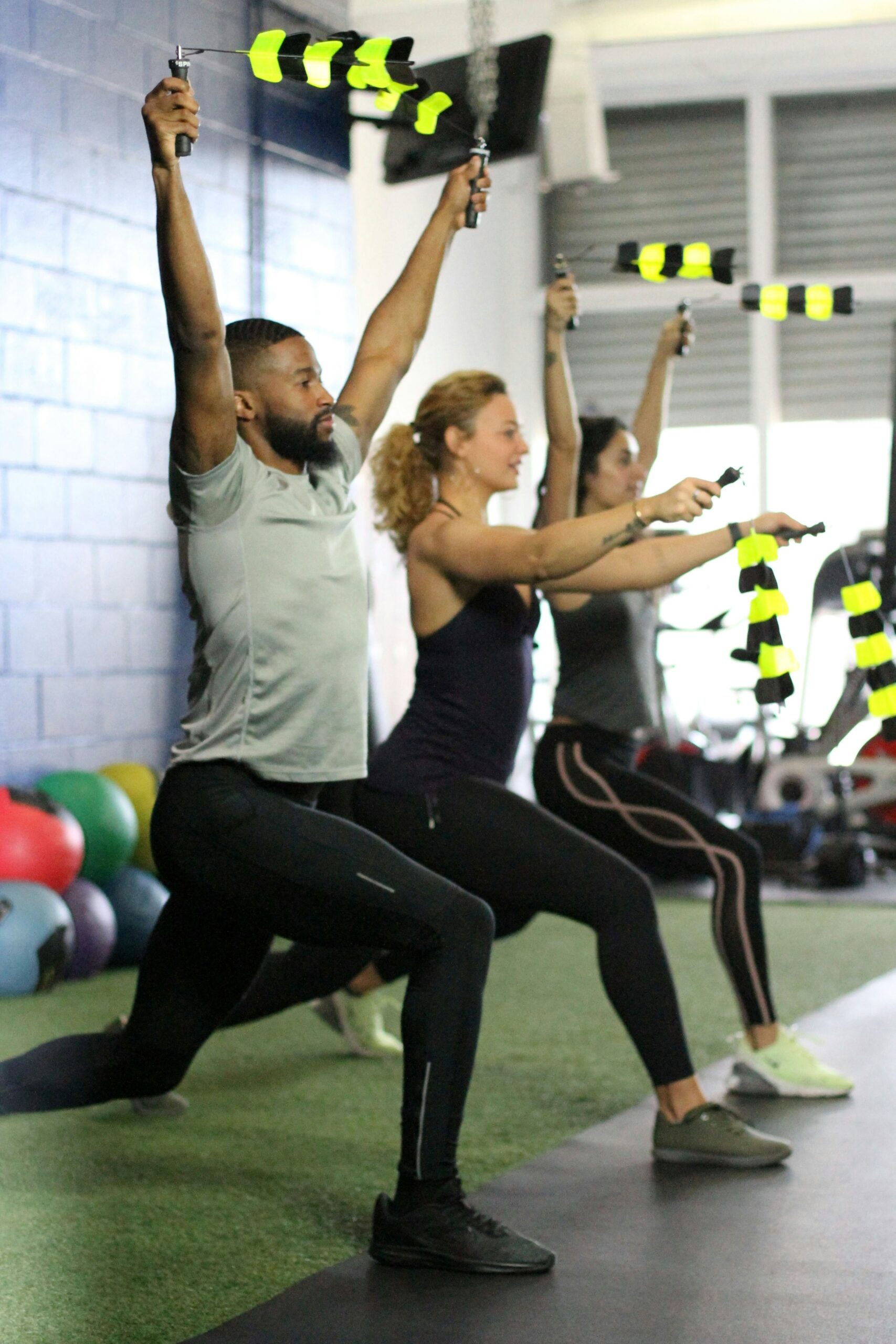Physical Literacy and Capability Approach

Physical Literacy and the Capability Approach: Sen or Nussbaum
Underpinning Physical Literacy is the central notion that we should promote a person’s wellbeing through the provision of purposeful physical pursuits so that people can exercise their freedom to make choices of a certain kind. These are choices that they have learned to value (attach a high priority to) and which have the potential to enhance their wellbeing. Education can play a fertile role also in opening up options of many kinds, opportunities that enable people to recognise their value and significance for their lives.
If we are to enable young people to learn:
- To live full and creative lives and develop their potential to fashion a meaningful existence that enhances their wellbeing and
- To be sensitive to the complexity and qualitative diversity of the goals that they can pursue.
We need to be aware of the Capability Approach inspired by the work of Sen (1985) and Nussbaum (2011). The following are key terms in the Capability Approach:
Functionings – are valuable activities and states that make up a person’s wellbeing – various things that a person may value doing or being (aspects of human fulfilment).
Achieved functionings – the particular beings and doings a person enjoys at a given point of time.
Capability – the various combinations of functionings (beings and doings) that a person can achieve. It is a set of vectors of functionings that reflect a person’s freedom to lead one type of life or another (to choose from possible ways of living). Capabilities describe the real actual possibilities open to a person and the enjoyment of something worth doing. What is a person able to do and to be (the opportunity to select)? They are spheres of freedom and choice.
Agency – It is an ability to pursue goals that one values and has reason to value. It also relates to the degree of involvement of a person in the decisions that affect their life.. People exercise agency when they decide how to shape their lives and environment.
At the heart of the Capability Approach is a conception that a person is able to develop an understanding of valued beings and doings through an exploration of their own conception of what a person has reason to value and expanding their capacity to make valued choices in other areas of life.
What are capabilities? These are opportunities people have to achieve certain functionings that are characteristic of good human living and which everyone should be given opportunities for engaging in them (Sen 1985, p.169). They are the answers to the question “what is this person able to do and to be?” Sen calls these substantial freedoms – a set of opportunities to choose and to act, thus a person’s capability relates to alternative combinations of functionings that are feasible for a person to achieve. They are not just abilities within a person but also the opportunities created by a combination of inner resources (internal capabilities) and the avenues (creating contexts for choice in many areas) through which people actually have the opportunities to function (in practice) in accordance with those capabilities.
A capability is a person’s effective or realistic ability to do valuable acts, or reach valuable states of being. Capabilities reflect the real opportunities people have to lead or achieve a certain type of life. A number of questions need to be asked: which capabilities are the most important? There are many things that people might develop the capacity to do and to be, but which are the really valuable ones?
In this context, I would argue that the vision of what people learn to value and achieve in physical education is too narrow and its potential is under developed. What can the physical education profession endeavour to nurture and support? Physical literacy can provide the insights to explore this question seriously.
Physical Literacy can open up our eyes to ways in which valuable functionings can be determined by informed educational experiences. Hence an exploration of Physical Literacy opens up an agenda in which we can be critical of current practices in physical education and offer alternative practices. Nevertheless, we have to recognise the point that physical education is not always an unqualified good because poor experiences and inadequate opportunities can diminish the capabilities that young people could achieve.
This highlights the important point that capabilities can be diminished (not nurtured) as well as enhanced (nurtured). This is a significant point for the physical education profession because capability-destruction in young people is of a grave concern. I am thinking here of the culture of negativity in some sports. Such conditions stunt the development of internal capabilities and restrict a young person’s freedom to achieve important doings and beings.
In ‘Creating Capabilities: The Human Development Approach’ (2011), Nussbaum makes the point that:
“Users of the Capability Approach need to attend carefully to issues of both pedagogy and content asking how both the substance of studies and the nature of classroom interactions fulfil the aims inherent in the approach”. (p.156)
This emphasis on pedagogy and content is crucial for Physical Literacy because it provides a framework and clear guidance as to how this can be achieved and be compatible with the Capability Approach.
References
- Nussbaum, M. C. (2011) Creating Capabilities: the Human Development Approach. London: The Belknap Press of Harvard University Press.
- Sen, A. (1985) Wellbeing, agency and freedom: The Dewey lectures 1984. Journal of Philosophy 82 (4) 169-221.
- Sen, A. (1999) Development as Freedom. Oxford: Oxford University Press.



